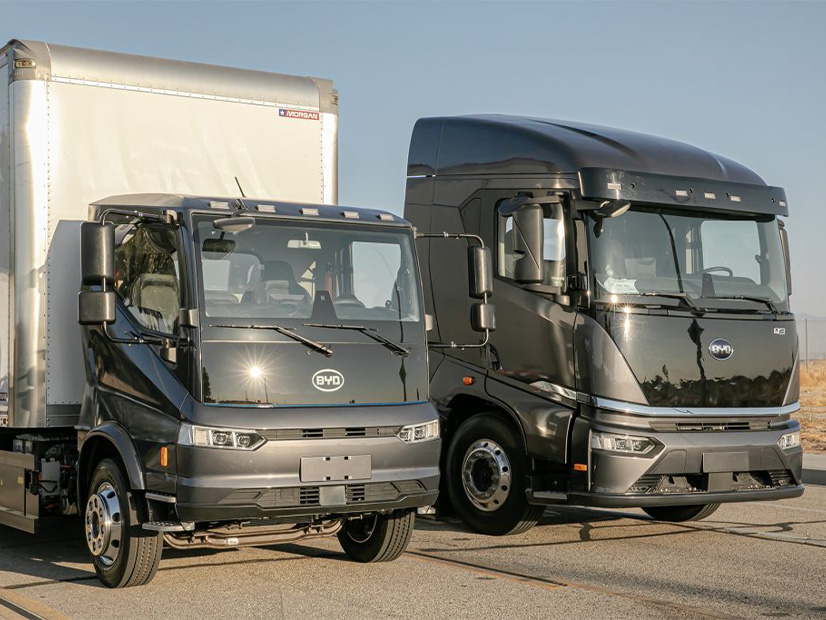
Connecticut’s ongoing investigation into opportunities to integrate medium- and heavy-duty electric vehicles (M-HDEV) on the state grid is at the forefront of rate design in the U.S., Benjamin Mandel, Northeast region senior director at the nonprofit CALSTART, said Tuesday.
“I don’t think there are robust examples of a state that’s taken a statewide approach, particularly that has been fit for purpose on M-HD vehicle electrification, especially with regard to rates,” Mandel told the Connecticut Public Utilities Regulatory Authority (PURA).
While a handful of utilities in the U.S. have taken the initiative to establish charging rates for the large EV segment, Mandel says it’s still “early days” for those programs.
“We don’t have a ton of empirical track record to go on to see how the rates are doing, and how the fleet operators for whom those rates were designed … are adjusting and responding to them,” he said during a technical meeting for PURA’s investigation (Docket 21-09-17).
Mandel spoke to regulators on behalf of the Connecticut Department of Transportation, which CALSTART supports through a Federal Transit Administration grant. PURA launched its investigation last fall and is taking input from state agency representatives and members of the public through a series of technical meetings.
“We have an opportunity to take guidance from some of these [utility rate] examples and pick and choose elements that seem interesting and appropriate for the Connecticut context and work with the [state utilities] to make sure that they’re able to be implemented here,” Mandel said.
The authority’s investigation complements its decision last summer in a separate docket to develop infrastructure incentives and rate design options for light-duty EV charging. (See Connecticut Set to Pull Trigger on EV Charger Program.)
Innovative Approach
In California, Pacific Gas and Electric’s business EV charging rates have a longer track record than others in the U.S. and is considered innovative, according to Mandel.
The utility offers separate charging packages based on business size that include time-of-use consumption rates and reduced demand charges, which Mandel says is a common theme across other utility offerings. PG&E’s design, he said, differs by allowing fleets to “determine for themselves how much demand they want to subscribe to in either 10-kW or 50-kW blocks.”
Customers can subscribe to the demand blocks on a month-by-month basis, but they must pay a fee for going over the block. In that case, a customer can adjust the next month’s block to match the increased demand.
By lowering demand charges and offering flexible monthly subscriptions, PG&E also benefits from some predictability from its larger EV charging customers, Mandel said.
Like PG&E’s business offering, he added, utilities’ M-HDEV charging rates should be cost-driven, balanced, predictable, flexible and forgiving.
Mandel recommended that regulators think of charging rates in terms of different load characteristics instead of being technology-specific, such as light duty vs M-HD.
“The predominant forms of commercial and industrial rate designs in place by utilities nationally … were not developed with these types of load shapes and load factors in mind,” he said. “We have different charging behavior and charging behavior possibilities at play with the policy goals that Connecticut and other states have signed on to.”


